As automotive technology continues to advance at an increasing pace, cars and other vehicles seem to be becoming safer every day.
Starting with airbags and anti-locking brakes, modern vehicles now come outfitted with all manner of gizmos designed to keep your car on the road and your soft organs firmly inside your body.
Good news for drivers, passengers and pedestrians. Bad news, however, for insurance brokers. Thanks to the advent of autonomous technology, insurance giants are already starting to sweat it over exactly what that will mean for the future of their companies.
Earlier this year in May, independent crash safety testers Euro NCAP published a study in a journal in conjunction with their Australian counterparts, ANCAP.
The publication found that autonomous emergency braking technology can reduce real-world crashes by as much as 38 per cent, working equally as effectively on rural roads as it does on urban ones.
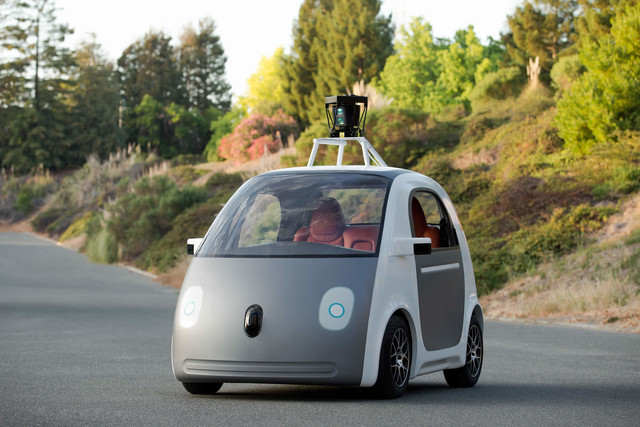
This sort of technology is already widely available on a huge range of cars, including Fords, BMWs, Volkswagens, Skodas, Hondas and certain Fiat vehicles.
Not only that, but as well as saving lives, emergency braking systems can also potentially reduce insurance premiums according to the research, with some models like the Volkswagen Golf GTi dropping by as many as five insurance groups.
According to the study, options like Ford’s Active City Stop can save up to £60 on annual insurance premiums, a fair amount in the eyes of cash-strapped motorists.
Graeme Trudgill, executive director of the British Insurance Brokers’ Association, said: “Insurers will look more favourably on cars fitted with the technology and research from the US shows it does positively reduce claims.”
Still, that’s just when considering technology that can be described as semi-autonomous at the very best. Would a car that’s almost completely immune to collisions be received so favourably?
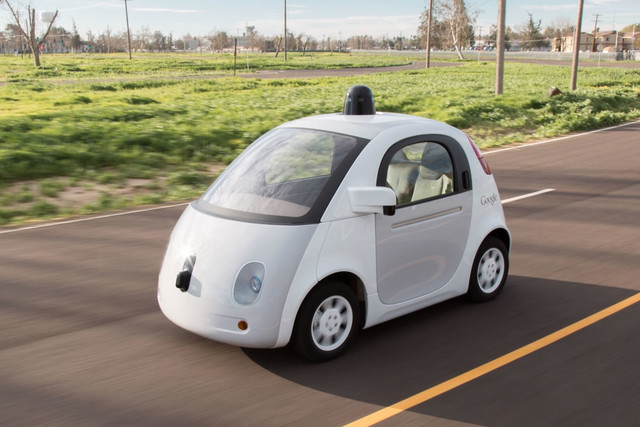
As Warren Buffett, business magnate and owner of Geico, the second-largest car insurance provider in the US, put it: “If you could come up with anything involved in driving that cut accidents by 30 per cent, 40 per cent, 50 per cent, that would be wonderful. But we would not be holding a party at our insurance company.”
In essence, the car insurance industry is undergoing its Napster moment; like record companies at the dawn of online file sharing, insurers are now wrestling with innovations that could put a huge dent in their revenue, if not kill it altogether.
What’s more, this isn’t some far-off threat that’s brewing in the distance; it’s already a reality. According to the US Highway Loss Data Institute, since the introduction of semi-autonomous safety systems, body injury liability losses dropped by 40 per cent, with medical payments dropping by 27 per cent.
In other words, insurance companies are no longer paying out for injured drivers because drivers are becoming injured less and less. Fewer injuries mean less insurance claims, which means a reduced cost of insurance and therefore a loss in insurance companies’ revenue.
This will only keep getting worse for companies as cars loaded with autonomous kit become increasingly popular. By 2035, a quarter of car sales worldwide will be made up of driverless cars according to the Boston Consulting Group (BCG), and after that who knows?
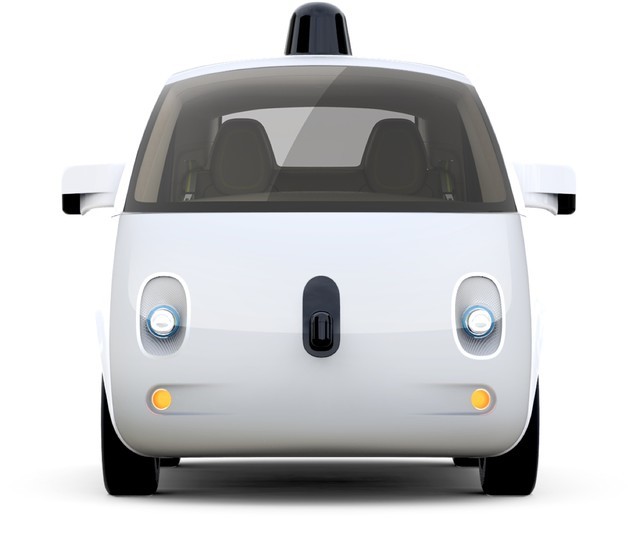
It’s something which has already got top executives quaking in their boots. Tom Wilson, CEO of Allstate, the largest publicly owned insurance company in the US, says that his nightmare scenario, which he refers to as ‘The Jetsons’, is already coming true.
“When you’re as big as we are and insure 16 million households, it doesn’t take much of a degradation to be a real revenue issue for you,” he said. “So we are focused on it.”
So what’s a lowly broker on the cusp of going bust to do? Well, the industry has already started planning for a wide range of contingencies, some of them viable, some of them much less so.
Some of the schemes include mining customer data to actively reward them for safe driving, for example giving them coupons, discounts and deals on restaurants, cinema tickets or goods.
Others are vaguer, with plans to expand homeowners’ policies and other types of coverage, which could extend to everything from pets to mobile phones.
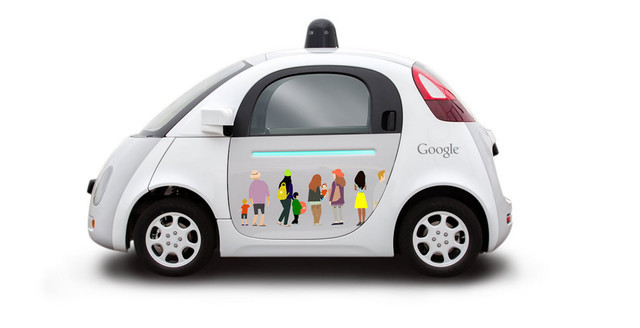
The best plan, however, could be to sell more coverage to the carmakers themselves and other companies involved in developing automated features for vehicles. While the new systems could reduce accidents, they won’t be perfect.
Even Google’s self-driving cars have been involved in minor accidents, meaning that manufacturers could be stuck with big liabilities if it turns out their supposedly safe vehicles are anything but.
Regardless, it’s unlikely that car insurance as we know it will die out anytime in the immediate future. Here in the UK, the government recently outlined guidelines for the use of driverless cars, with motorists required to fully insure the vehicle just like any other car.
Not just that, but the cars must also hold a valid MOT like regular vehicles, and will also be governed by rules which state that drivers must possess additional skills and qualifications just to use one.
While the technology for driverless cars is in place, perhaps the infrastructure and application hasn’t quite caught up yet. Insurers are right to be stressfully tugging at their collars, but realistically we’ll probably be paying the same old premiums for the foreseeable future.
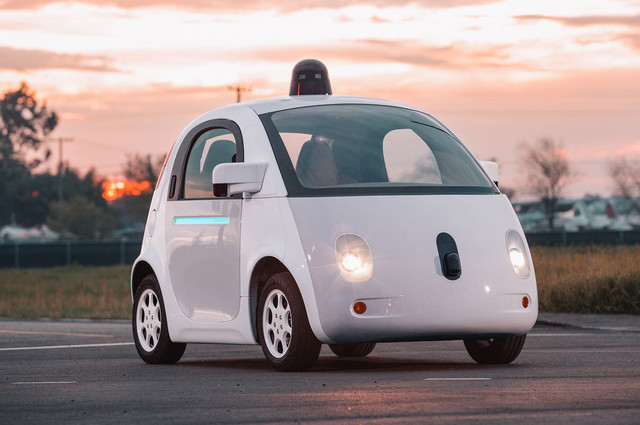
Still, while things do indeed look bright for motorists looking to cut the cost of being on the road, the thing about the future is that despite the best possible estimates it’s never entirely foreseeable.
Just as human drivers are prone to making mistakes, even the safest technologies will always be prone to failure and no solution on earth will ever truly be copper-bottomed and problem-free.
Where there’s money, there’s risk and, for insurers, where there’s risk there’ll always be money.



